Description
Hot Chilli Pepper Habanero Red Organic
Hot Chilli Pepper Habanero Red Organic Needing little introduction, this famous variety of very hot pepper originates from Mexico and has been refined to produce extremely hot wrinkled fruits, rated at 300,000 scolvilles plus. Matures from green to red at full maturity. (90 days)
Cultivation advice
- Choose a sunny spot with well-draining soil rich in organic matter. Aim for a soil pH of 6.0 to 6.5 for optimal growth.
- Start seeds indoors about 8-10 weeks before the last expected frost date. Transplant seedlings outdoors when temperatures warm up and soil has reached at least 70°F (21°C).
- Plant seeds in pots or trays about 1/4 inch deep. Maintain a warm, consistently moist environment for germination.
- Space Habanero Red plants around 18-24 inches apart. They may need staking or caging as they grow due to heavy fruiting.
- Keep the soil consistently moist but not waterlogged, especially during flowering and fruit set. Water deeply but infrequently to encourage deep root growth.
- Apply organic mulch to conserve soil moisture and suppress weed growth. Regularly weed to prevent competition for nutrients.
- Prioritize organic compost or well-aged manure for soil enrichment before planting. Avoid excessive nitrogen to prevent excessive foliage growth.
- Pinch off the terminal bud once the plant reaches about 8 inches in height to encourage bushier growth. Remove diseased or damaged leaves promptly.
- Monitor for pests like aphids or caterpillars. Use organic methods like neem oil or insecticidal soap to control infestations. Keep the area clean to prevent diseases.
- Harvest Habanero Red peppers when they reach their full size and color. Use scissors or pruning shears to cut the peppers off the plant.
- Harvest seeds from fully ripe, healthy peppers. Dry the seeds thoroughly before storing them in a cool, dry place for future use.
- Store harvested peppers in a cool, dry place. Consider drying them for use as Habanero flakes or powder.
- Habanero Red peppers thrive in warm conditions. Ensure they’re protected from cold drafts and temperature drops, as these can affect growth and fruiting.
- Aid in pollination by gently shaking the plants or using a soft brush to transfer pollen between flowers. This can enhance fruit development.
- Introduce beneficial insects like ladybugs or lacewings to control aphids and other pests. Companion planting with marigolds or basil can also deter pests.
- Mulch with organic materials like straw or grass clippings to retain soil moisture and improve soil health. Consider occasional side-dressing with compost for added nutrients.
- Apply organic fungicides preventatively to deter fungal diseases. Pruning lower leaves helps improve airflow and reduces the risk of diseases like powdery mildew.
- For the hottest flavor, allow the peppers to ripen fully on the plant. They typically change from green to red or orange when mature.
- Harvest seeds from fully ripe, healthy peppers. Dry them thoroughly before storing in a cool, dry place to ensure viability for future planting seasons.
- Planting aromatic herbs such as oregano, thyme, or rosemary nearby can help repel pests and improve the overall health of the pepper plants.
- To get a head start in cooler climates, use season extenders like cloches or cold frames to protect young plants from cold temperatures.
- Prioritize phosphorus and potassium-rich organic fertilizers to promote flowering and fruiting without excessively stimulating leaf growth.
- Employ drip irrigation or soaker hoses to deliver water directly to the soil, minimizing water waste and keeping foliage dry to deter diseases.

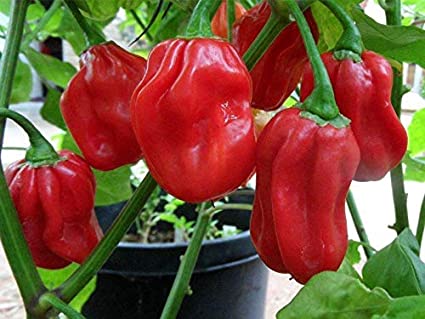

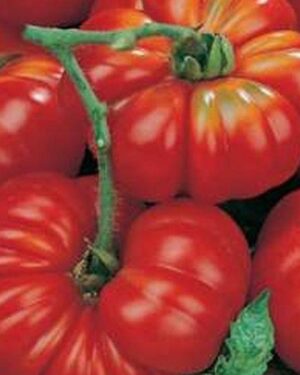
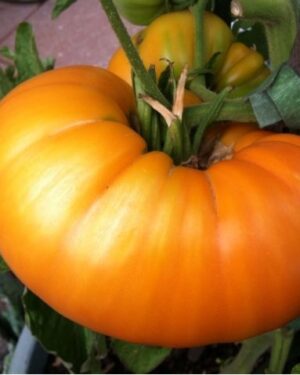
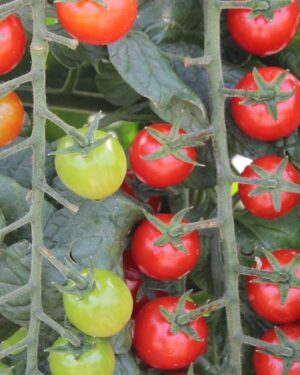
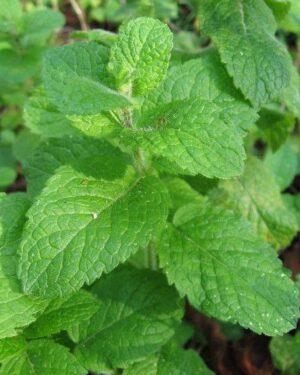
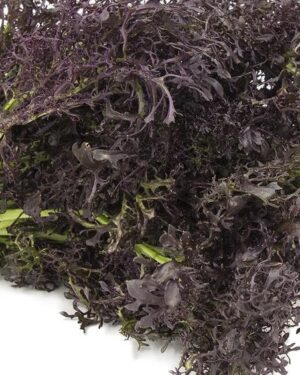
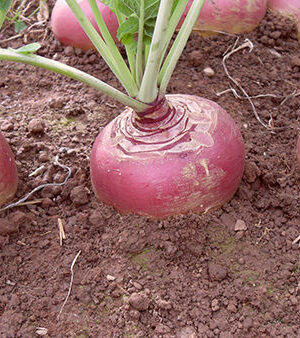
Reviews
There are no reviews yet.